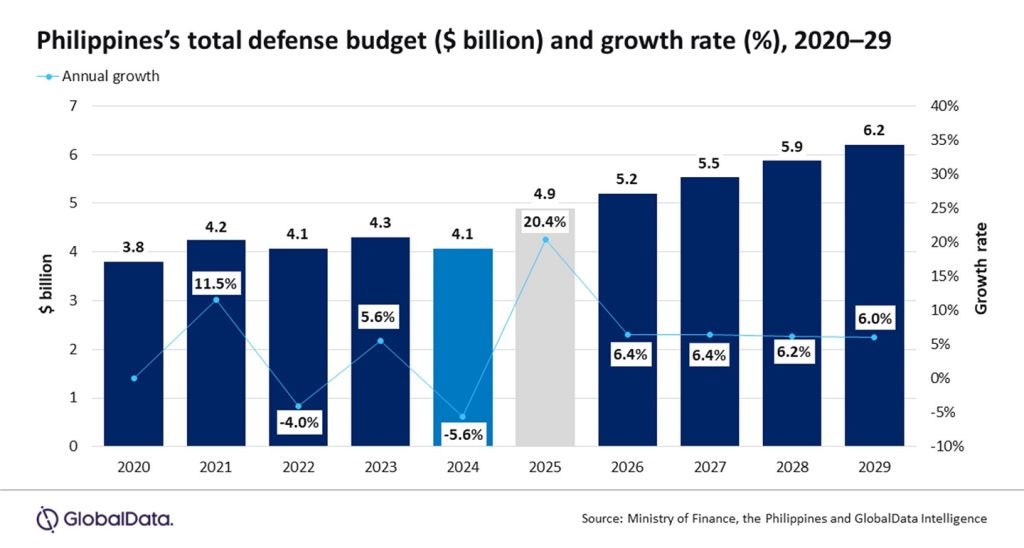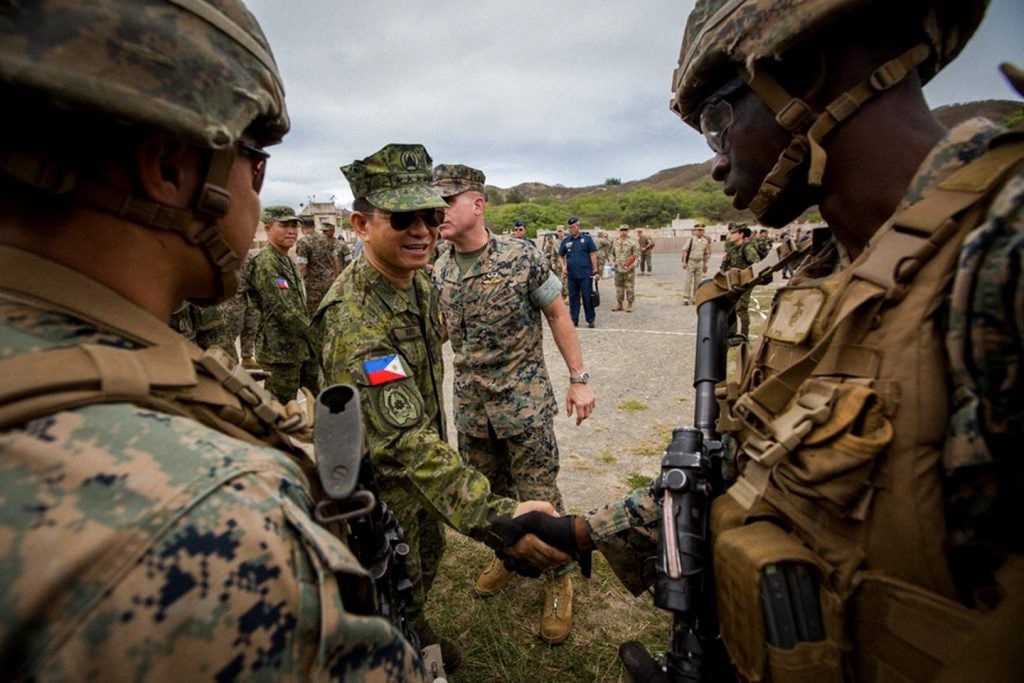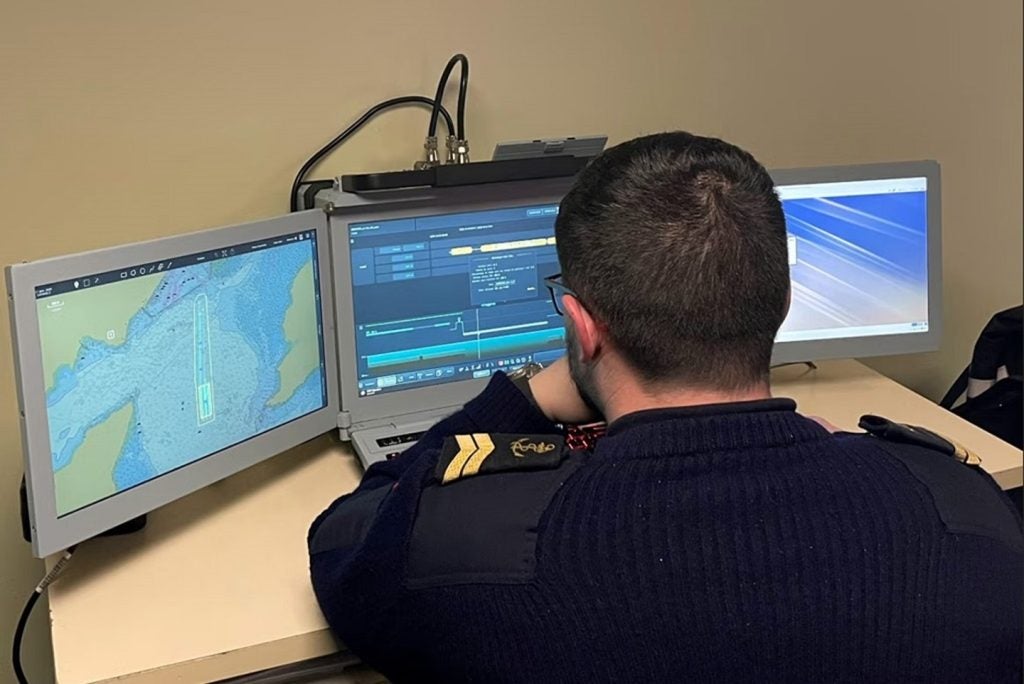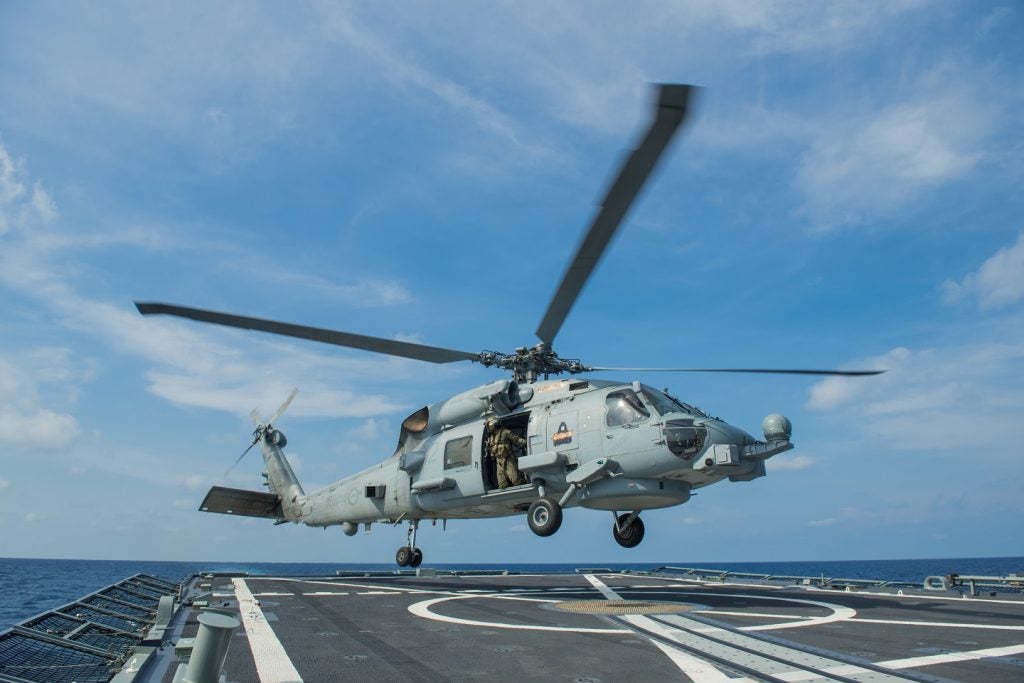As tensions escalate in the South China Sea, the Philippines is gearing up for a boost in defence spending, with plans to allocate $6.2bn (343bn pesos) by 2029, according to a forecast by GlobalData on the Philippines defence market.
The "Re-Horizon 3" initiative is crucial, as the country aims to modernise its military amidst growing territorial disputes.

While financial constraints pose challenges, the Philippines remains steadfast in its commitment to enhancing defence capabilities through strategic acquisitions. Focusing on maritime and air defence, the country aims to navigate regional complexities and safeguard its interests in the face of evolving geopolitical dynamics.
In November 2023, the US and Philippines conducted joint military patrols in the South China Sea, near Taiwan, aimed at countering Chinese aggression, particularly in light of recent incidents such as Chinese coastguard vessels ramming a Philippines' vessel. The patrols involved air and naval forces from both countries.
GlobalData's latest report, "Philippines Defense Market 2024-2029", highlights a steady compound annual growth rate (CAGR) in defence acquisition expenditure of 4.9% during 2025-2029, signalling the country's determination to prioritise defence modernisation despite economic challenges. Over the next decade, the planned initiative underscores the Philippines' recognition of the need to adapt to emerging threats and strengthen its defence posture.
Rouble Sharma, an aerospace and defence analyst at GlobalData, emphasises the importance of aligning defence objectives with available resources: "The execution of the 'Re-Horizon 3' phases hinges on the performance of the Philippine economy.
The funding constraints compelled a review and adjustment of the weapons wish list of the initial Horizon 3 plan, emphasising a practical approach to aligning the objectives with the available resources. Despite these challenges, the revised version maintains its commitment to bolstering the Philippine military, recognising the need to strengthen its defence posture."
Key aspects of the defence modernisation strategy include acquiring modern weaponry and enhancing naval assets. Ongoing programmes such as procuring offshore patrol vessels, missile corvettes, interdiction boats, and Black Hawk helicopters demonstrate the country's focus on addressing maritime security concerns and improving reconnaissance capabilities.
Last year, Kongsberg Maritime secured a deal with Hyundai Heavy Industries to provide six sets of controllable pitch propeller systems for the Philippine Navy's offshore patrol vessels. The first set is scheduled for delivery in August this year. Concurrently, the Philippines entered into an agreement with Lockheed Martin to acquire three C-130J-30 Super Hercules tactical airlifters.
Looking ahead, the Philippines faces the dual challenge of overcoming economic constraints and navigating international alliances to achieve its modernisation goals. With a commitment to strengthening the defence industrial base and maintaining a robust defence stance, the country remains determined to safeguard its interests amidst evolving regional complexities.











